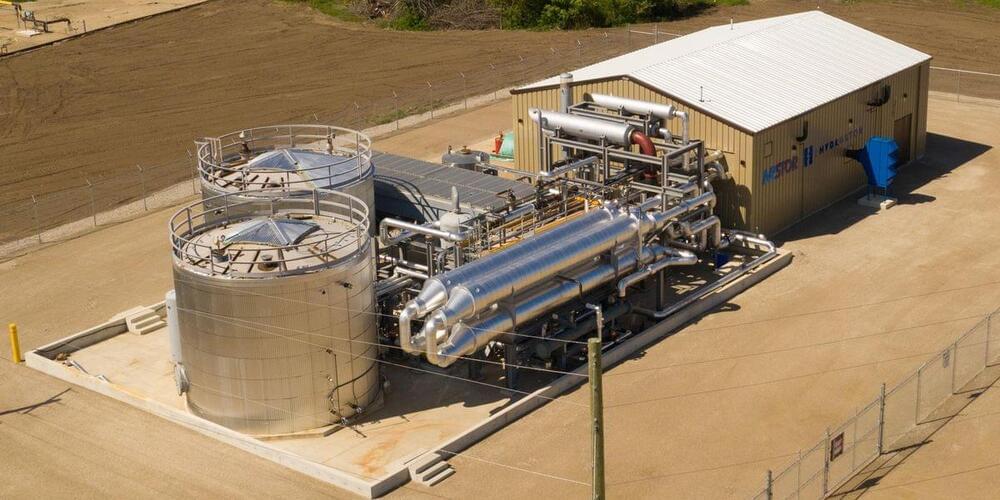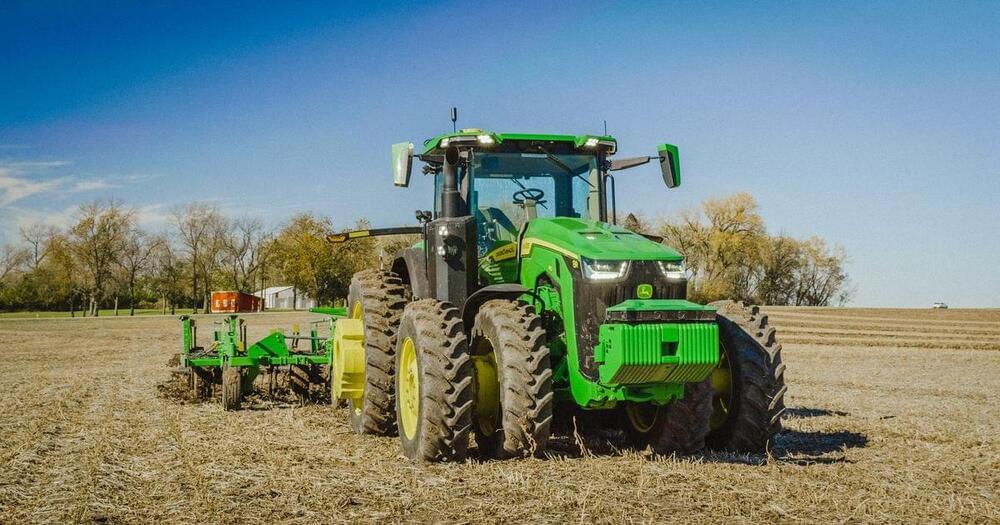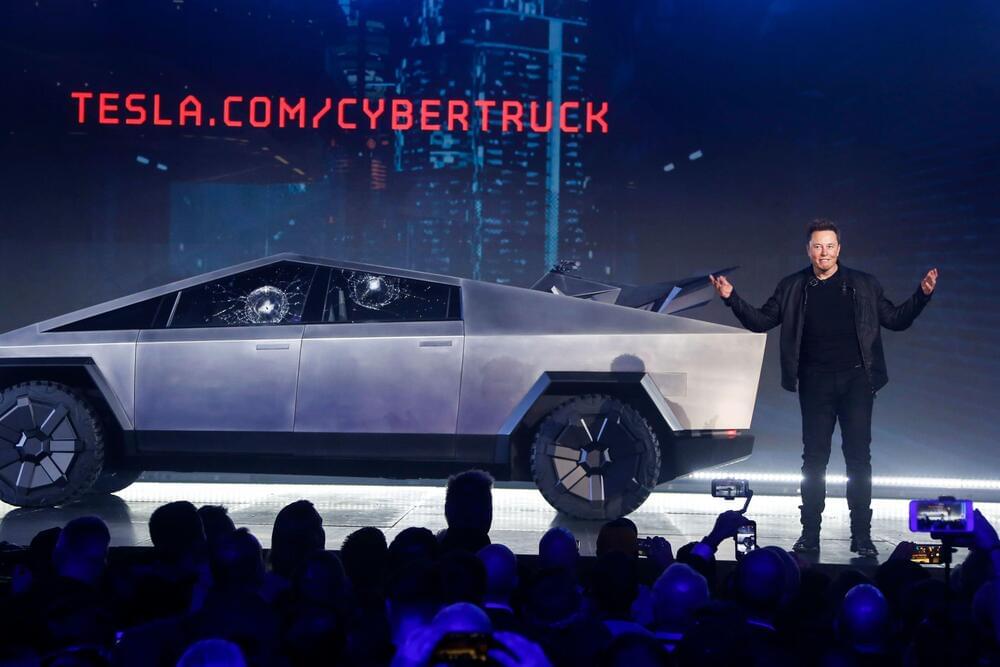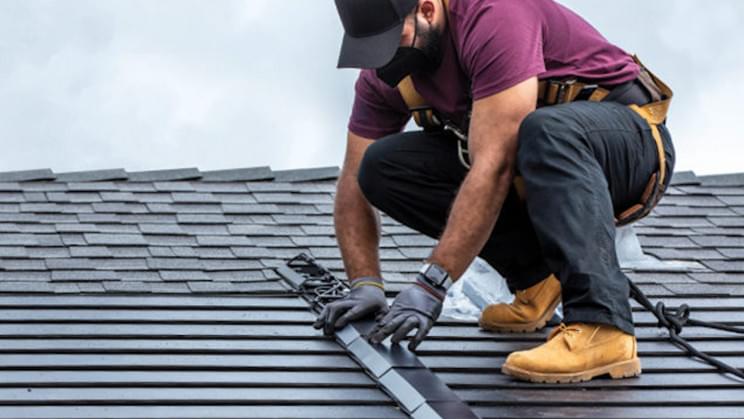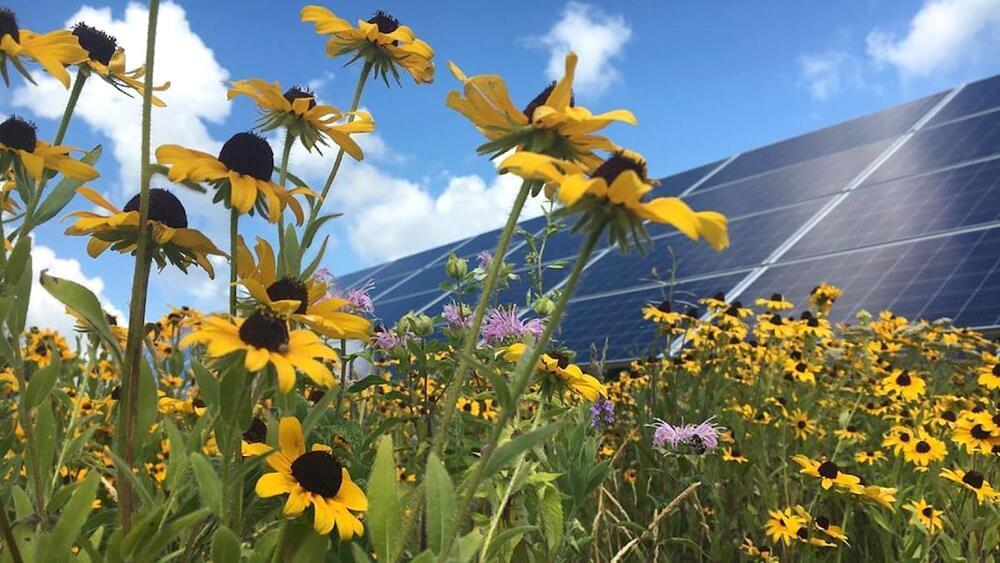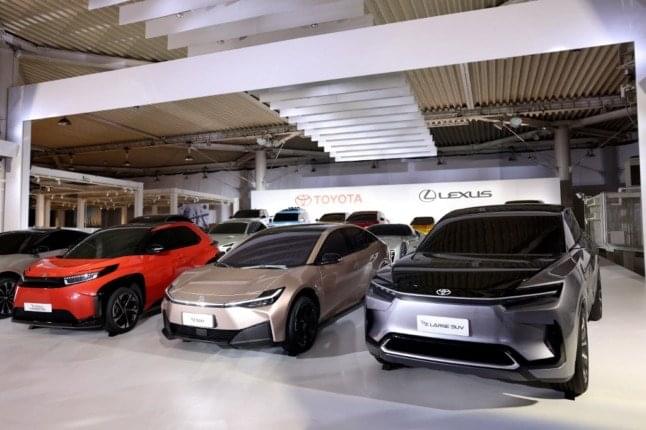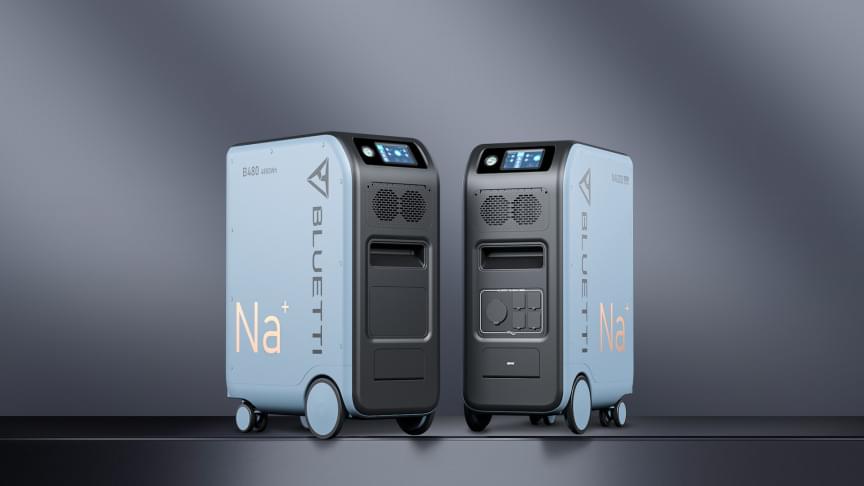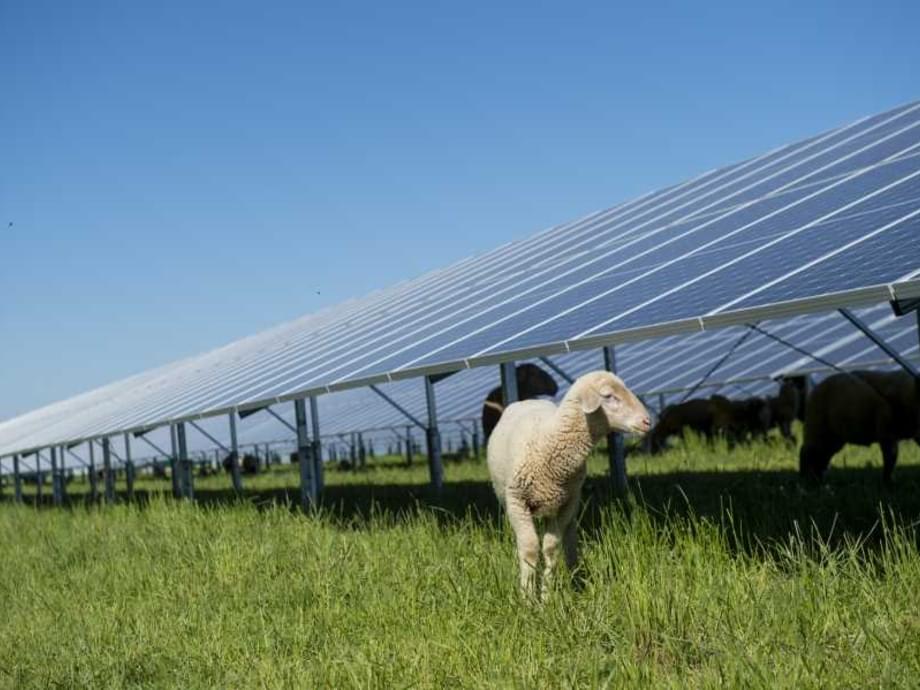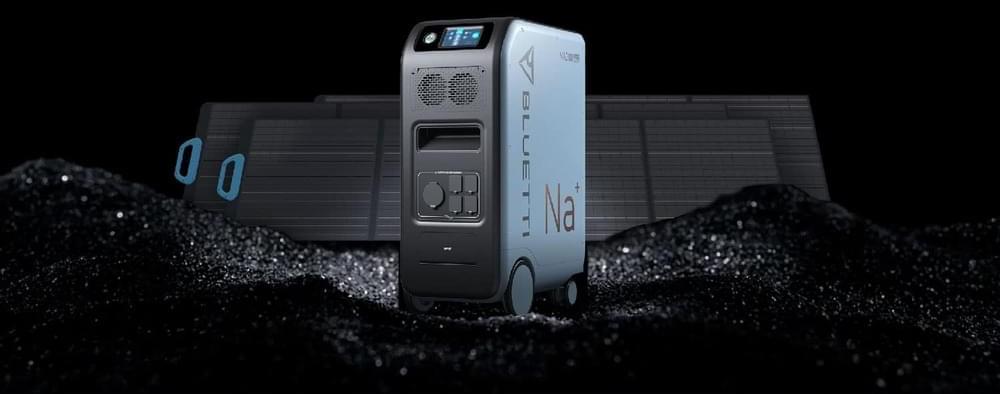Pumped hydropower is great. This method might be even better.
Two new compressed air storage plants will soon rival the world’s largest non-hydroelectric facilities and hold up to 10 gigawatt hours of energy. But what is advanced compressed air energy storage (A-CAES), exactly, and why is the method about to have a moment?
Compressed air is part of a growingly familiar kind of energy storage: grid-stabilizing batteries. Like Elon Musk’s battery farm in Australia and other energy overflow storage facilities, the goal of a compressed air facility is to take extra energy from times of surplus and feed it back into the grid during peak usage.
Here’s how the A-CAES technology works: Extra energy from the grid runs an air compressor, and the compressed air is stored in the plant. Later, when energy is needed, the compressed air then runs a power-generating turbine. The facility also stores heat from the air to help smooth the turbine process later on.
